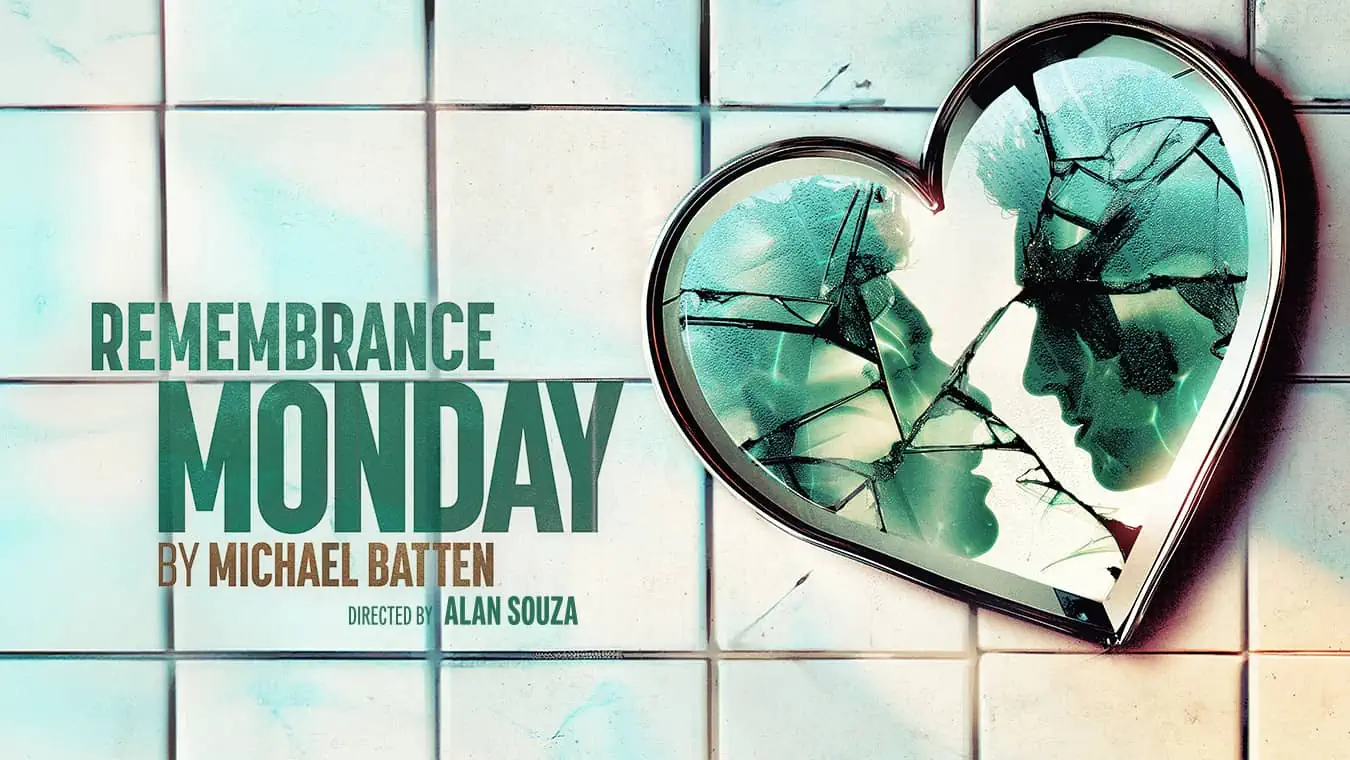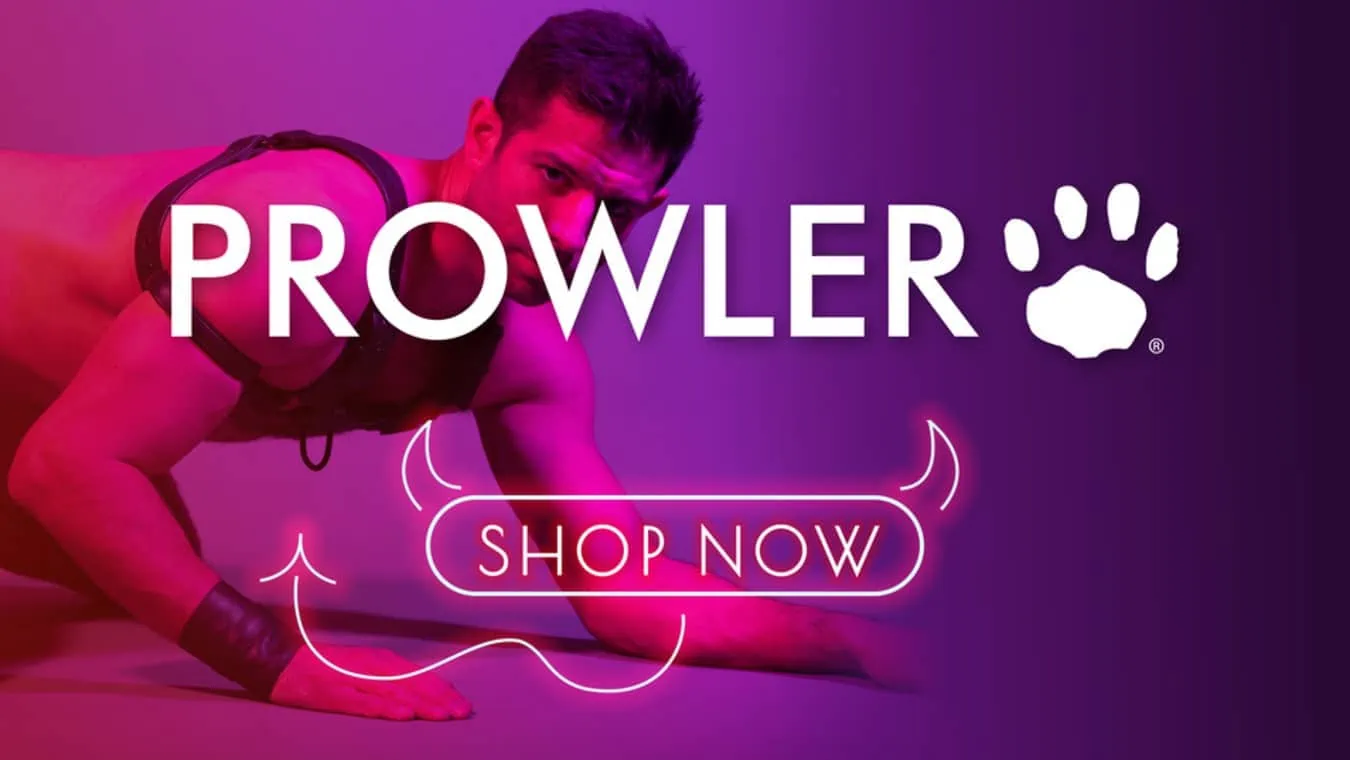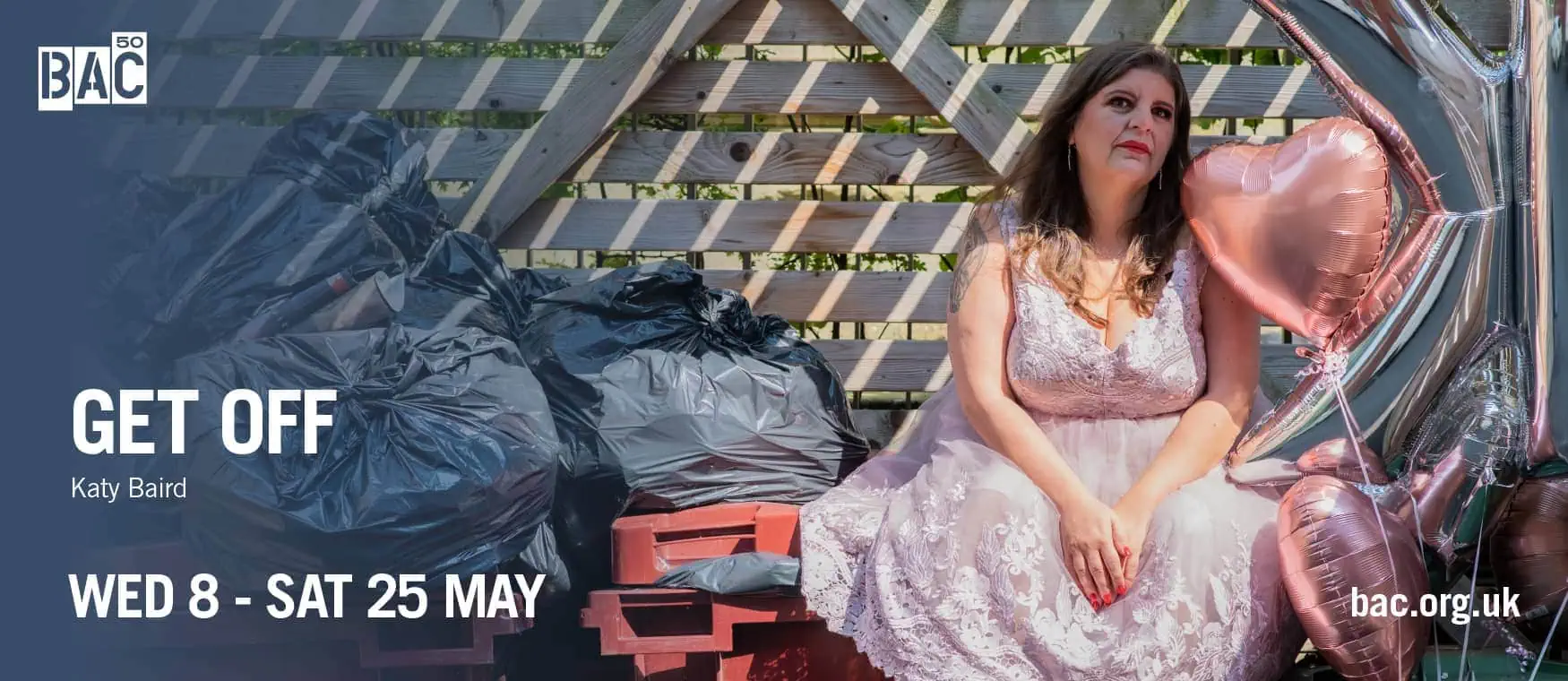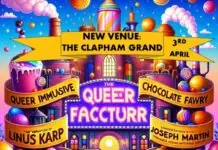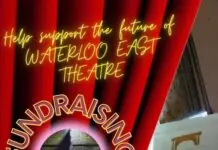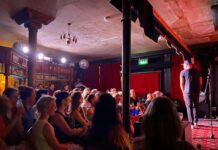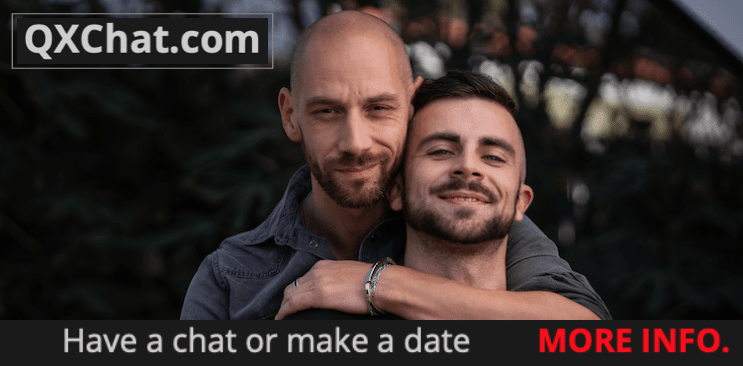Amrou Al-Kadhi talks us through some of the strangest places he’s performed in drag, from the startlingly subversive to the rustically rural

When I hear London Drag Queens talk about how they started, I get the impression that I’ve missed out on a lot. I, unlike so many of the queens I love and respect, didn’t begin drag in the loving hands of a Soho Gay Bar, or by hosting jobs on the gay night club circuit. I’m sometimes envious when I hear about the large drag families and LGBTQI+ communities some queens have around them.
Without a drag mother to guide me through my make-up, my first time getting into drag was in a cellar of a Cambridge University college, and the resulting visual was nothing short of BOTCHED. I was 19, and with no proper queer scene for students and I decided to rent out what was essentially a damp crypt – my wig actually rotted that night – and I invited 400 people on Facebook to come experiment with gender subversion. I offered the stage to other students who wanted to try drag performing, and some semblance of my current drag troupe Denim formed.
The experience sparked my personal take on drag as a tool that could work within and against potentially hostile spaces. On this specific occasion, the cellars sat beneath a group of academics dinking port, and the interruption of a straight white male porter hell bent on shutting us down was a funny conflict to watch (and he failed miserably). The burning question that followed was: “How many more unexpected places can we infiltrate with drag?”
As Denim became more popular atCambridge, some of the larger university institutions were under pressure to open up to us. Our biggest coup was getting 800 students to come in drag to the university’s historic Union – wood panelled, and polluted with painted portraits of straight, white (repressed)-male benefactors. When the Union officials weren’t watching, our crew placed clear acetate on portraits of the stuffy patriarchs and dragged them up with coloured markers. Again, without their realising, we disguised a projector in the space, only to blast queer videos – some pornographic – onto the “sacred” Union crests and egotistical portraits during our show. The take-over of 800 gender-benders into a space that was then undermined from within felt like a dethroning – like we had rode in on a Trojan Horse, a fake gift of paying customers, who were then set free to ransack on the inside.

Now, I’m not saying that drag always has to be “hostile”. At its core, it is an expression of joy, self-love, and collectivity, which is why it’s always such a privilege performing in LGBTQI+ spaces. But there’s something to be said for not preaching to the converted – and the challenge of working within spaces that are sometimes not your ally is a rewarding one.
I think my practice of drag as an art form in conflict with institutions comes from my upbringing. I am originally from Iraq (though moved to England at an early age), and was raised in a conservative Muslim household. My coming out was pretty traumatic, and I had it ingrained from an early age that my sexuality was sending me straight to the pits of hell. Fun. Carrying around the feeling that I was by nature transgressive was obviously a bit tiring. Drag, however, was a way for me to harness this energy into something positive and empowering. Instead of being excluded from heteronormative institutions for my queer identity (which had been happening life-long), I use drag to subvert spaces that are designed to reject me – a latent sort of revenge. It’s a bit Kill Bill.
But the most rewarding moment is when you change people’s minds (the less Kill Bill part). Although the initial contrast between drag queens and the places we perform in can be challenging, there are tactics to convert the sceptics. Playing into audience desire to then disrupt what they expect is a satisfying switch. I love starting shows with songs and references most audiences know – ease them in gently, like any sympathetic top about to penetrate. Half way through the show the audience is thinking: “this isn’t so scary – this is painless! Drag queens are so much fun! I’m totally involved!” And once they’re on side, like any professional top, you up the ante and make it really worth their while
I’ve found that audiences are more willing to deal with our segments on sexuality, race, and issues concerning the LGBTQI+ community once they’ve been eased in with things they recognise. Our visual aim with Denim is to look like the Disney version of the Spice Girls; colourful, accessible, which makes our often-tentative audiences feel in sync with us. By using the package of a mainstream girl band, the intention is to seduce them in and then replace what they’re expecting with our own politics. Sort of like skinning a Barbie doll to then hide inside her shell. To this effect, we usually frame our shows with famous movie narratives – the last one was a space story based on Interstellar, and the current one uses Titanic. Again, the accessibility of the references hopes to trick “straight” audiences into our world, and what we really want to say.
On the drag Disney Princess note – my favourite note, obvs – Denim was faced with an interesting offer this summer; performing to 150 kids under 12 in Cornwall (with their parents watching…). Obviously we cut all profanities (though we accidentally kept a fisting reference in. Whoops). But besides that, we adopted the same strategy. We gave a show in the form of a Disney story – the queens being princesses, with an evil patriarchal villain tearing them apart. The familiar tone invited the families into our world, meaning we could relay our message of queer friendship and self-expression to open arms. The parents got so into it we were even asked to model in drag for a kids life-drawing class the next morning (a definite first for us!)

My feeling is that queer performers have a responsibility to attack culture like a pincer on both sides; on one from within queer spaces, helping to empower and form communities, but also from the other side, where like queer Robin Hoods in glittery green stockings, we take from those in power and distribute the goods more equally.
Check out Amrou’s drag troupe DENIM at facebook.com/denimgirlband


